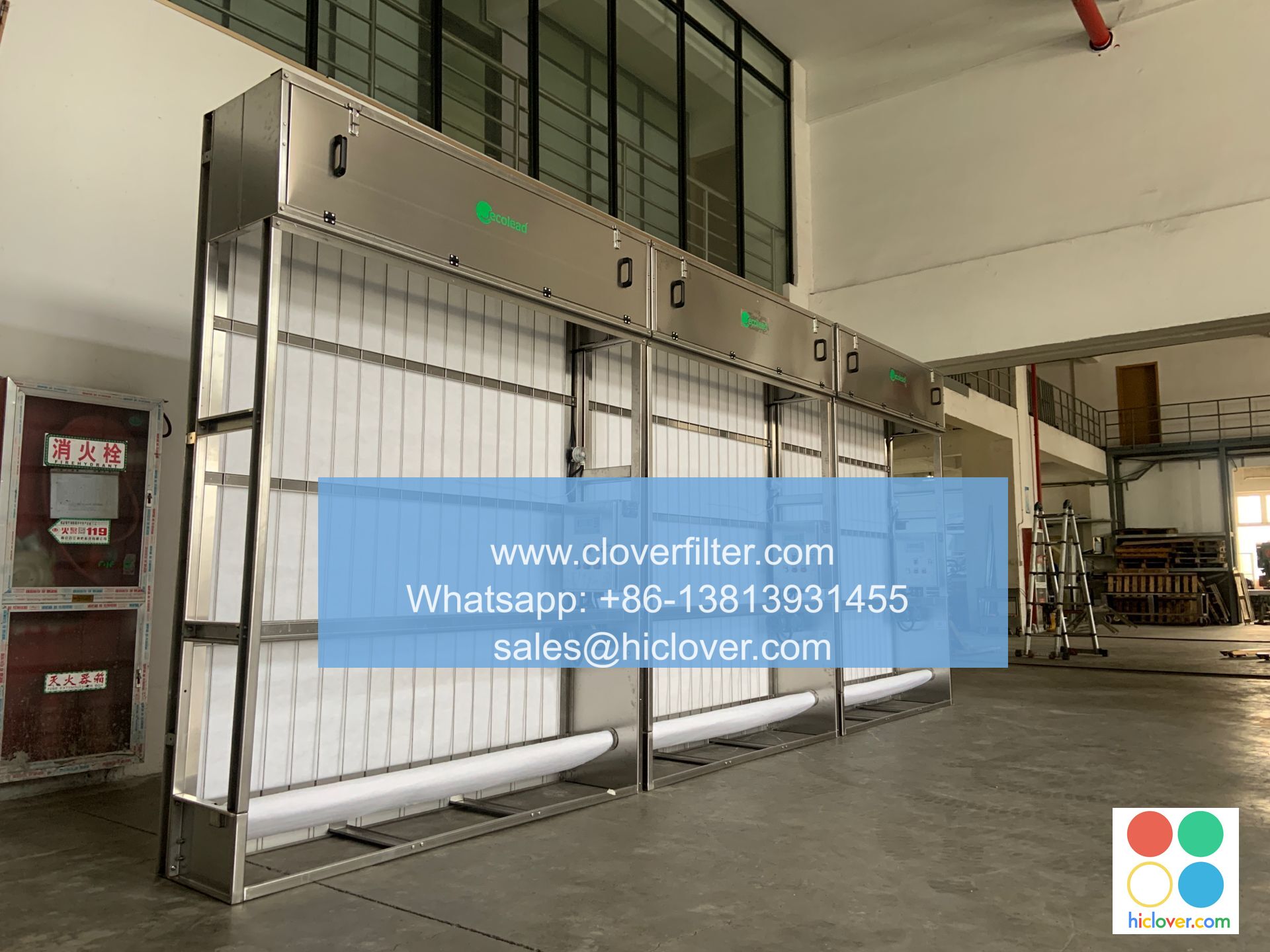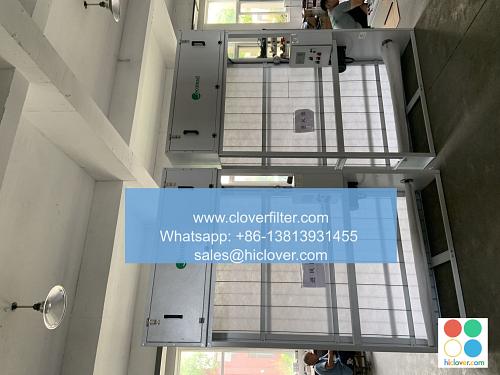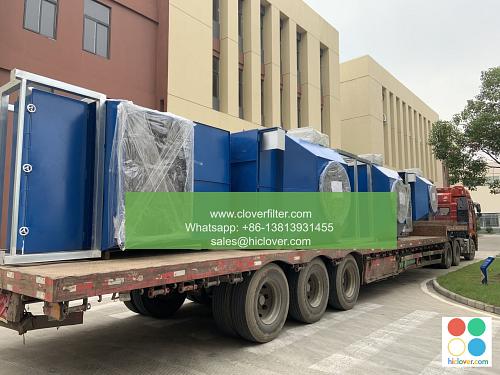The Physics of Air Filtration: Understanding How Automatic Roll Air Filters Work in Food Biotech Labs

Air filtration is a critical component in food biotech labs, where the quality of the air can have a significant impact on the accuracy of experiments, the safety of personnel, and the integrity of products. Automatic roll air filters play a crucial role in maintaining a clean and controlled environment in these labs. But have you ever wondered how these filters work? In this article, we will delve into the physics of air filtration and explore the mechanics of automatic roll air filters in food biotech labs.
The primary function of an air filter is to remove airborne contaminants, such as dust, pollen, and microorganisms, from the air. In food biotech labs, the stakes are high, and even the smallest particle can contaminate a sample or compromise an experiment. Automatic roll air filters are designed to capture these particles, ensuring that the air in the lab remains clean and pure. But how do they achieve this?
The physics of air filtration is based on the principles of fluid dynamics and particle behavior. Air is a fluid, and when it flows through a filter, it carries particles with it. The filter’s job is to capture these particles, and the effectiveness of the filter depends on several factors, including the size and type of particles, the flow rate of the air, and the design of the filter itself. Automatic roll air filters use a combination of mechanical and electrostatic forces to capture particles, ensuring that even the smallest contaminants are removed from the air.
Automatic roll air filters consist of a roll of filter media, typically made of a synthetic material, such as polyester or polypropylene. The filter media is designed to capture particles as small as 0.3 microns, which is smaller than the diameter of a human hair. The filter media is rolled onto a spool, and as the air flows through the filter, the media is slowly unwound, exposing a fresh section of filter to the air. This design allows for continuous filtration, without the need for manual intervention.
The filter media is treated with an electrostatic charge, which attracts and captures particles as they pass through the filter. This electrostatic charge is generated by the friction between the filter media and the air, and it is enhanced by the use of specialized materials and coatings. The electrostatic charge is strong enough to capture particles as small as 0.1 microns, making automatic roll air filters highly effective at removing even the smallest contaminants from the air.
In addition to the electrostatic charge, automatic roll air filters also use mechanical forces to capture particles. The filter media is designed to have a high surface area, which allows it to capture particles through a process called impaction. As the air flows through the filter, particles are forced to change direction, and as they do, they collide with the filter media, becoming trapped. This process is particularly effective for larger particles, such as dust and pollen.
In food biotech labs, automatic roll air filters are used in a variety of applications, including laminar flow hoods, biological safety cabinets, and cleanrooms. These filters are designed to provide a high level of filtration, typically 99.97% or higher, and are often used in conjunction with other filtration systems, such as HEPA filters. By removing airborne contaminants, automatic roll air filters help to prevent contamination, ensure the accuracy of experiments, and protect personnel from airborne hazards.
In conclusion, the physics of air filtration is a complex and fascinating field, and automatic roll air filters play a critical role in maintaining a clean and controlled environment in food biotech labs. By understanding how these filters work, we can appreciate the importance of air filtration in these labs and the impact it has on the quality of the air and the safety of personnel.
Frequently Asked Questions
Q: What is the difference between an automatic roll air filter and a HEPA filter?
A: An automatic roll air filter and a HEPA filter are both used for air filtration, but they have different designs and applications. Automatic roll air filters are designed for continuous filtration and are often used in food biotech labs, while HEPA filters are designed for high-efficiency filtration and are often used in applications where the highest level of filtration is required.
Q: How often should I replace my automatic roll air filter?
A: The frequency of replacement depends on the application and the level of contamination. In general, automatic roll air filters should be replaced every 1-3 months, or as recommended by the manufacturer.
Q: Can I use an automatic roll air filter in a non-food biotech lab application?
A: Yes, automatic roll air filters can be used in a variety of applications, including industrial, commercial, and residential settings. However, the specific requirements of the application should be considered, and the filter should be selected based on the level of filtration required.


